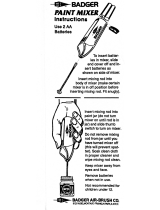15
STOPPING THE ENGINE
Release the twist grip, set the gear in neutral posi-
tion, neutral indicator warning light “
q” comes on, and
turn the ignition key in an ‘‘
m'' position.
Turn off the fuel cock (Fig. 7).
If there should be an excessive coolant
temperature during normal operation,
turn off the engine.
Wait for it to cool down, then check the level of
the coolant (see “COOLANT CHECKING”) and
top up if necessary.
If the level is normal have the cooling system
checked by an aprilia Official Dealer.
MAINTENANCE
See “PERIODIC MAINTENANCE CHART”.
Before beginning any maintenance opera-
tion or any inspection of the vehicle, stop
the engine, extract the key, wait until the
engine and the exhaust system have cooled
down and if possible lift up the vehicle by means
of the proper equipment, on firm and flat ground.
Keep away from the red-hot parts of the engine
and of the exhaust system, in order to avoid
burns. The vehicle is made up of not edible parts.
Never bite, suck, chew or swallow any part of the
vehicle for any reason.
If not expressly indicated otherwise, for
the reassembly of the units repeat the dis-
assembly operations in reverse order.
Usually ordinary maintenance operations can be car-
ried out by the user, but sometimes a basic knowl-
edge of mechanics and specific tools are required.
If you need assistance or technical advice consult
your aprilia Official Dealer, who can ensure you
quick and careful servicing.
b
a
b























